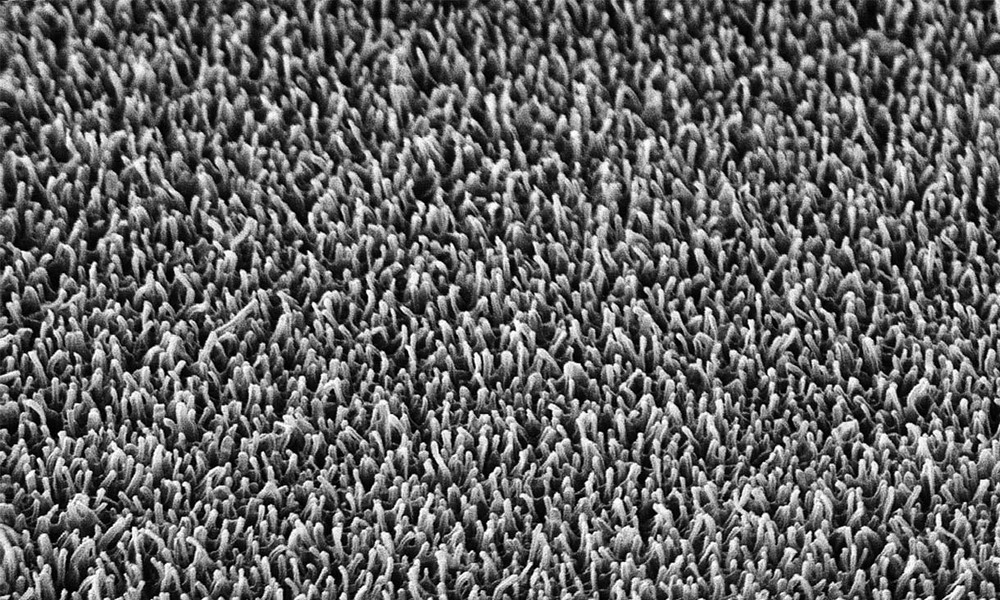New insect-like packaging could cut food wastage
Olivia Brandt
22 March 2022, 2:41 AM
 The RMIT research group involved in the discovery: (L–R) Denver Linklater, Phuc Le, Elena Ivanova, Arturo Aburto-Medina, Karolline De Sousa. Photo: Supplied
The RMIT research group involved in the discovery: (L–R) Denver Linklater, Phuc Le, Elena Ivanova, Arturo Aburto-Medina, Karolline De Sousa. Photo: Supplied Australian and Japanese scientists have developed new antibacterial food packaging, mimicking the bacteria-killing wings of insects like cicadas.
The new product has the potential to significantly reduce food waste, particularly in meat and dairy exports, as well as extending the shelf life and improving the quality and safety of packaged food.
More than 30% of food produced for human consumption becomes waste, with entire shipments rejected if bacterial growth is detected.
The lab-made ‘nanotexture’ the scientists have created can be transferred onto plastic food packaging and kills up to 70% of bacteria it meets.
Professor Elena Ivanova of RMIT University in Melbourne, Australia, said the research team had successfully applied a natural occurrence to a synthetic material – plastic.
“Eliminating bacterial contamination is a huge step in extending the shelf life of food,” she says.
“We knew the wings of cicadas and dragonflies were highly-efficient bacteria killers and could help inspire a solution, but replicating nature is always a challenge.
“We have now created a nanotexturing that mimics the bacteria-destroying effect of insect wings and retains its antibacterial power when printed on plastic.
“This is a big step towards a natural, non-chemical, antibacterial packaging solution for the food and manufacturing industry.”
The research, published in ACS Applied Nano Materials, is a collaboration between RMIT, Tokyo Metropolitan University and Mitsubishi Chemical’s The KAITEKI Institute.

The nanopillars on the surface of a dragonfly wing, magnified 20,000 times. Photo: Supplied.
How it works
Dragonfly and cicada wings are covered by nanopillars – blunted spikes of similar size to bacteria cells.
When bacteria settle on a wing, the pattern of nanopillars pulls the cells apart, rupturing their membranes and killing them.
“It’s like stretching a latex glove,” Ivanova says.
“As it slowly stretches, the weakest point in the latex will become thinner and eventually tear.”
Ivanova’s team developed their nanotexture by replicating insects’ nanopillars and developing nanopatterns of their own.
The best antibacterial patterns were shared with the Japan team, who developed a way to reproduce the patterns on plastic polymer.
Ivanova said dealing with plastic was more difficult than other materials like silicon and metals, because of its flexibility.
“The nanotexturing created in this study holds its own when used in rigid plastic. Our next challenge is adapting it for use on softer plastics,” she says.




